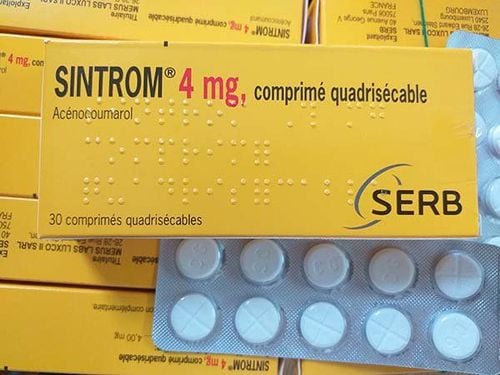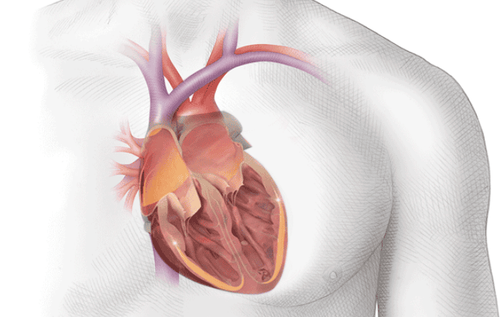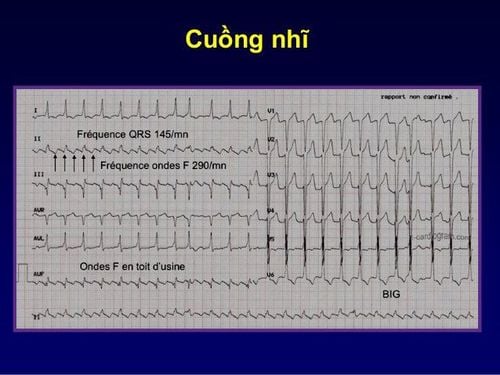This is an automatically translated article.
The article was professionally consulted by Dr. Nguyen Van Duong - Interventional Cardiologist - Cardiovascular Center - Vinmec Central Park International General Hospital. The doctor has many years of experience in the diagnosis and treatment of cardiovascular diseases.Electrocardiogram is considered an extremely necessary subclinical technique in detecting and diagnosing a number of diseases related to arrhythmias or structural abnormalities of the heart. In particular, the P wave is an important element in the leads of the electrocardiogram, which helps us to investigate a number of cardiovascular abnormalities.
1. What is a P wave?
The electrocardiogram P wave is defined as the first positive deviation or first positive wave to appear on an electrocardiogram, reflecting atrial depolarization. The P waves are most often expressed in leads II, III, aVF, and V1 because in these leads the atria tend to have abnormalities there.2. Waveforms P
On the electrocardiogram, P waves usually have 2 main forms: normal P waves and pathological P waves, the characteristics and properties of P waves in the two cases are also very different, specifically as follows:Normal P wave usually The position of the P wave is normal in D1, D2, aVF, V3, V4, V5, V6 and the P wave is always positive, the P wave in D3, aVL, V1, and V2 can be positive, mildly negative, or sometimes 2 phase. Especially in the case of the P wave in D3 and the presence of the QRS complex 3, the P and T3 waves may be negative, the P wave at the aVR position is always negative. Positive, negative, or biphasic P waves all have mild hooks or mild bifurcations.
In terms of amplitude, the P wave usually has the most pronounced amplitude at position D2, usually 1.2mm and the highest is 2mm, the lowest is 0.5mm. In children, the P wave has a higher amplitude than the P wave in the electrocardiogram of adults. In the esophageal as well as in the atrial leads, the P wave tends to be 10 times higher than the P wave in D2, and the shape of the P waves in these locations is often very similar to that of the complex. QRS.
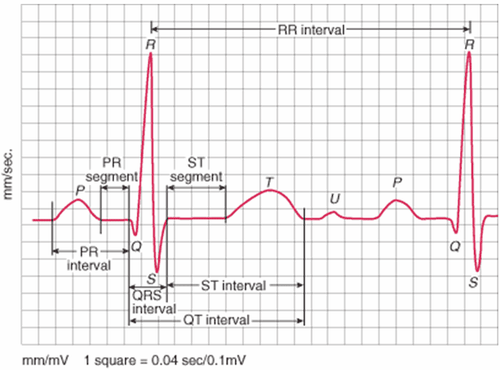
Pathological P waves Different from normal P waves, pathological P waves are sound waves, the amplitude is usually flattened and lower than 0.5mm, the width is narrower and lasts less than 0.55s. There are also cases of biphasic pathological P waves with bifurcations, deep hooks or irregular shapes such as distortion, thickening or thickening, at which time some cardiovascular damage may have occurred in structures such as atrial fibrillation, eg thickened atrial dilation, or arrhythmia.
In some special cases, such as retrograde heart, the P wave is negative in leads D1, aVL, V5 and V6.
For pathological P waves, the shape of the P waves may change in any of the leads, indicating ambulatory pacing or atrial extrasystoles. If the P wave is higher than 2.5 mm and has a pointed shape, then left atrial thickening is already present in the patient, possibly right atrial thickening or a cyanotic heart disease.
P waves in patients with agitation or tachycardia also tend to be high but will not exceed 2.5mm in height. If the width of the P wave is greater than 0.12s, a left atrial thickening may be suspected in the patient.
If there are no P waves in the leads, it is necessary to look for P waves in some positions such as D2, V2, X1, V3R, S5, chamber leads... or perform some stress tests to find them. P waves in these cases. Other methods that can detect P waves include injecting atropine into the patient or pressing the carotid sinus. It is necessary to know for sure whether the loss of P waves is real or not to be able to most accurately diagnose cardiac arrhythmias.
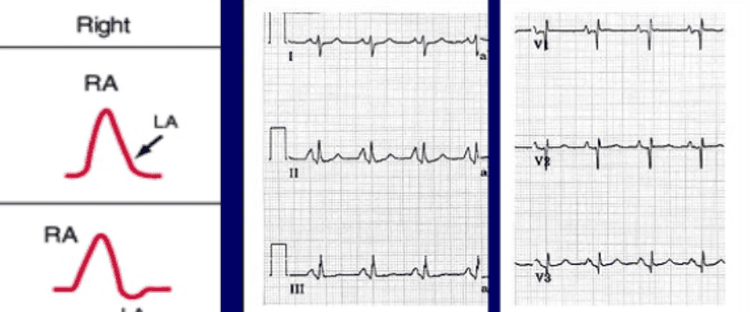
Right-to-left atrial depolarization with a precondition of needing to right atrial activation before left atrial activation Right atrial and left atrial waves form a P wave the first third of the P wave will correspond to right atrial activation, and the last third of the P wave will be the stimulus The left atrium activates and one third activates both the right atrium and the left atrium. Another feature is that in the vast majority of leads the right atrial and left atrial waves move in a certain direction and produce a monophasic P wave. In particular, when in lead V1, the right atrial wave and the left atrial wave move in the opposite direction, creating a biphasic P wave, in which the initial positive deviation is equivalent to right atrial activation, while the focal deviation is equivalent to right atrial activation. The polarity will be the activation of the left atrium. The general shape of the P wave will indicate abnormalities in the atrium, which has many uses in the diagnosis. Combined depolarization to produce P waves shorter than 120ms in width and less than 2.5mm in height When expanding the left atrium, combined with the left atrium will produce P waves with a height greater than 2.5mm and a holding width original. During left atrial enlargement of DII, P waves are produced that are within the normal range in height and more than 120 ms in width.

To protect heart health say For the general purpose and early detection of signs of myocardial infarction and stroke, customers can register for the Cardiovascular Screening Package - Basic Cardiovascular Examination of Vinmec International General Hospital. The examination package helps to detect cardiovascular problems at the earliest through tests and modern imaging methods. The package is for all ages, genders and is especially essential for people with risk factors for cardiovascular disease.
Please dial HOTLINE for more information or register for an appointment HERE. Download MyVinmec app to make appointments faster and to manage your bookings easily.





